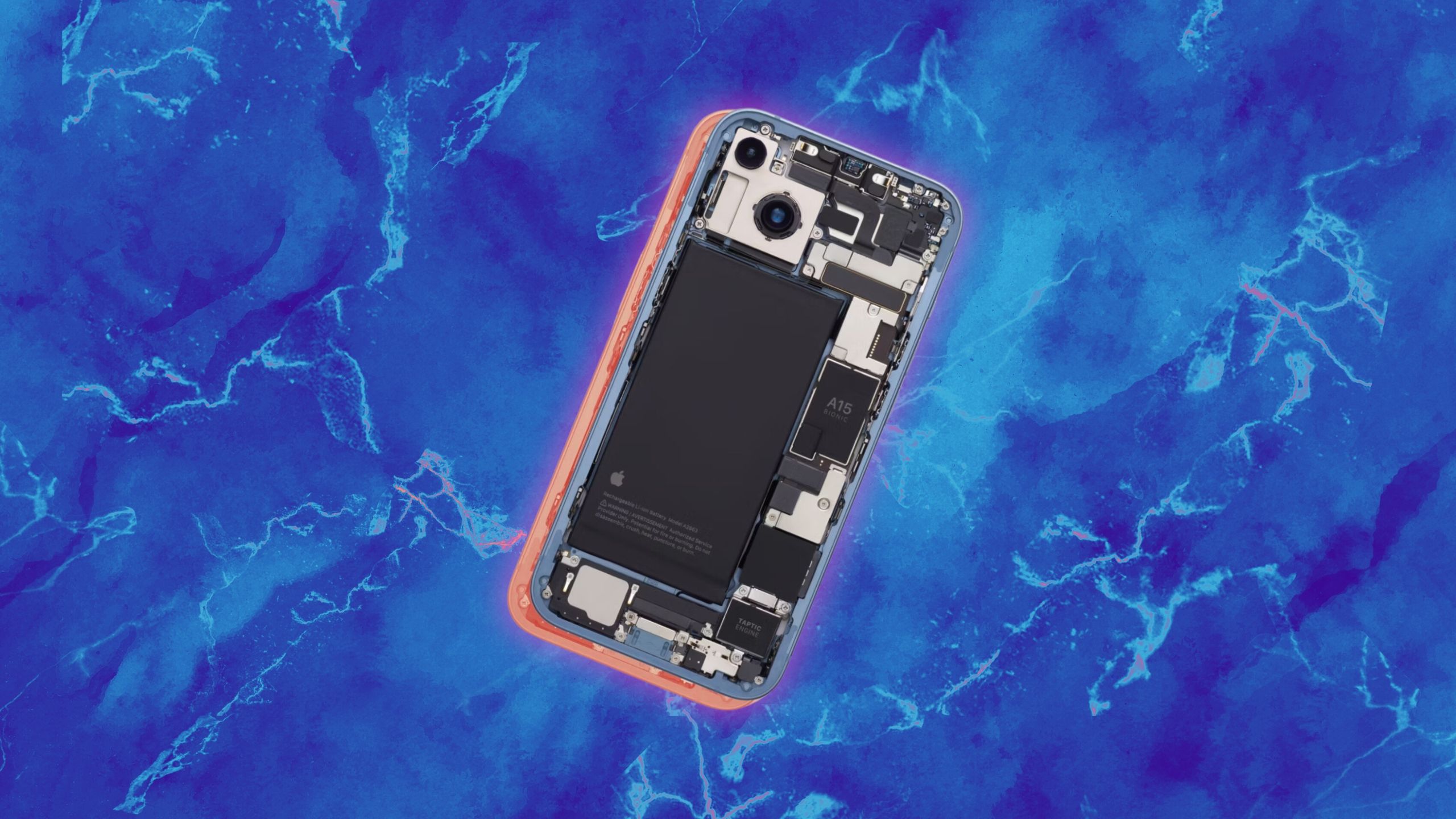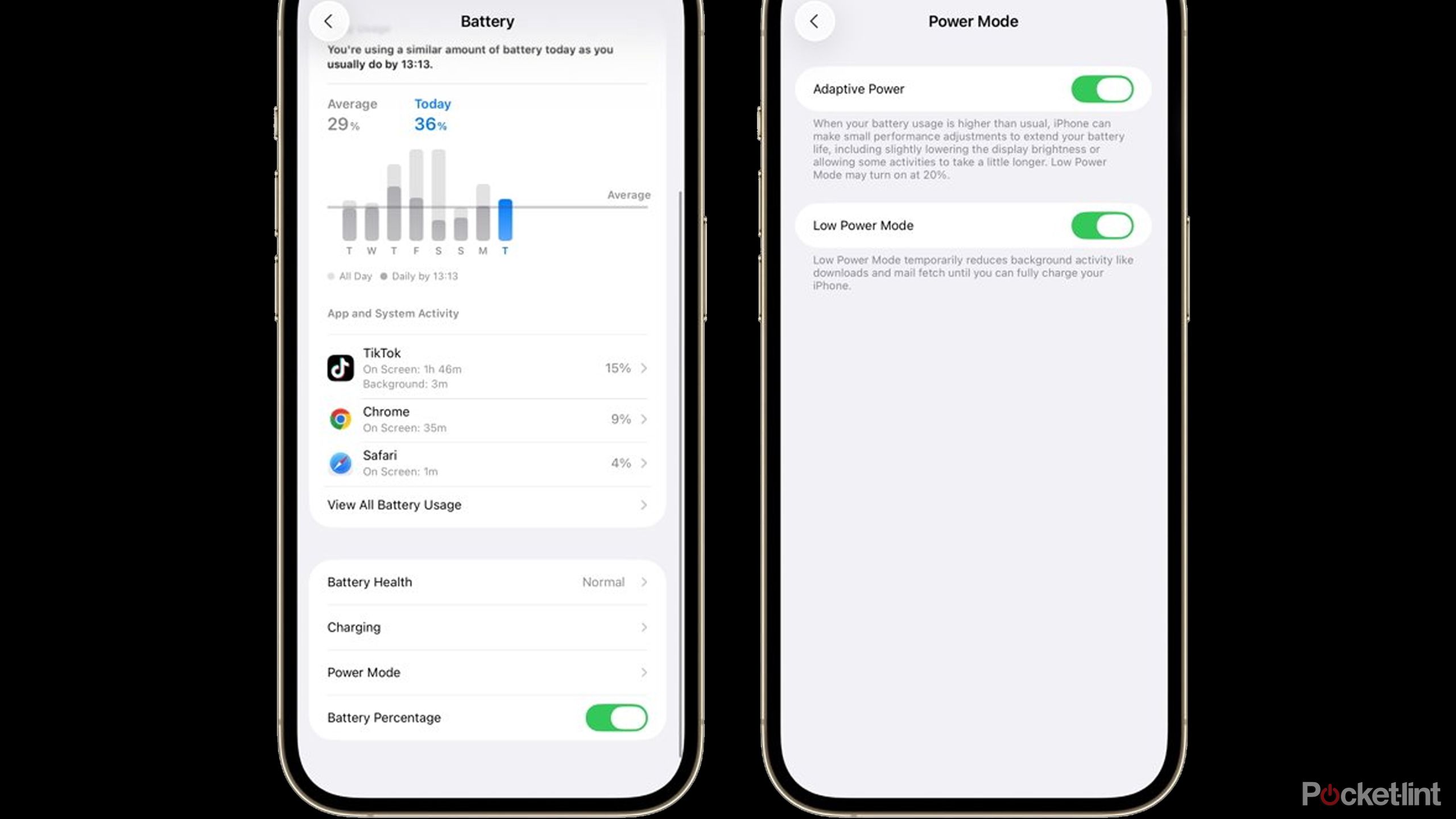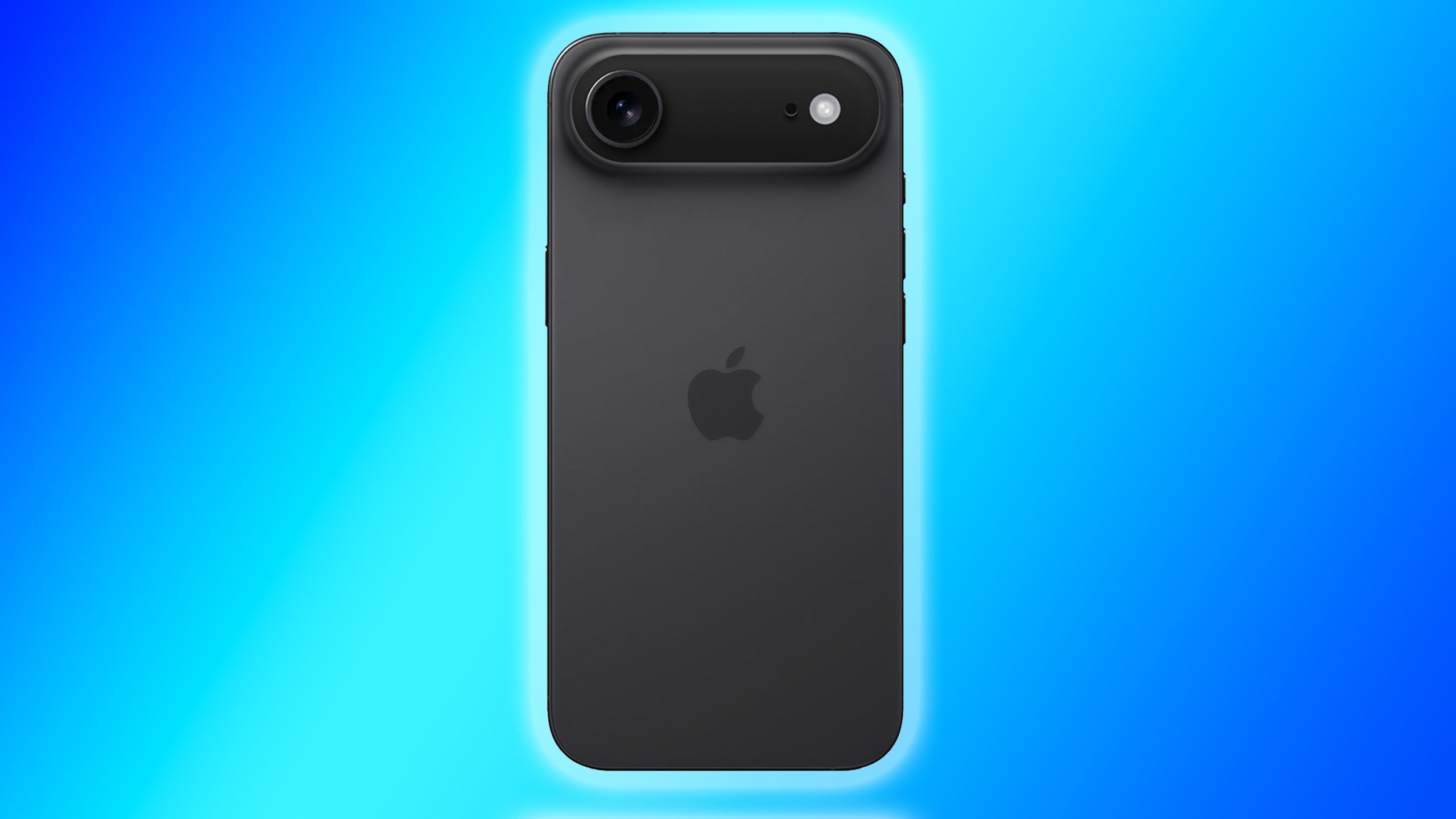Summary
- Adaptive Power Mode lets iOS 26 automatically throttle some functions when your iPhone is consuming a lot of battery life.
- If you’ve got iOS 26 installed already, you can find the option using Settings > Battery > Power Mode.
- The mode may exist to deflect criticisms about battery life in Apple’s rumored iPhone 17 Air, said to be extremely thin like the Samsung Galaxy S25 Edge.
You’d be forgiven for missing out on any new battery features in iOS 26, which is currently in beta ahead of a fall release date, alongside new iPhones. Battery tech typically isn’t that sexy, and of course there are more conspicuous changes to iOS, namely the Liquid Glass makeover. Some people are probably going to spend the first hour after installing the update just getting used to where buttons and menus are located.
Battery tech is something that can noticeably improve the experience of using a smartphone, however — whereas visual overhauls are usually little more than cosmetic. The big new battery-related feature in iOS 26 is called Adaptive Power Mode, and it’s worth learning about whether you’ve got the iOS 26 beta or you’re waiting for the final software to drop in September.
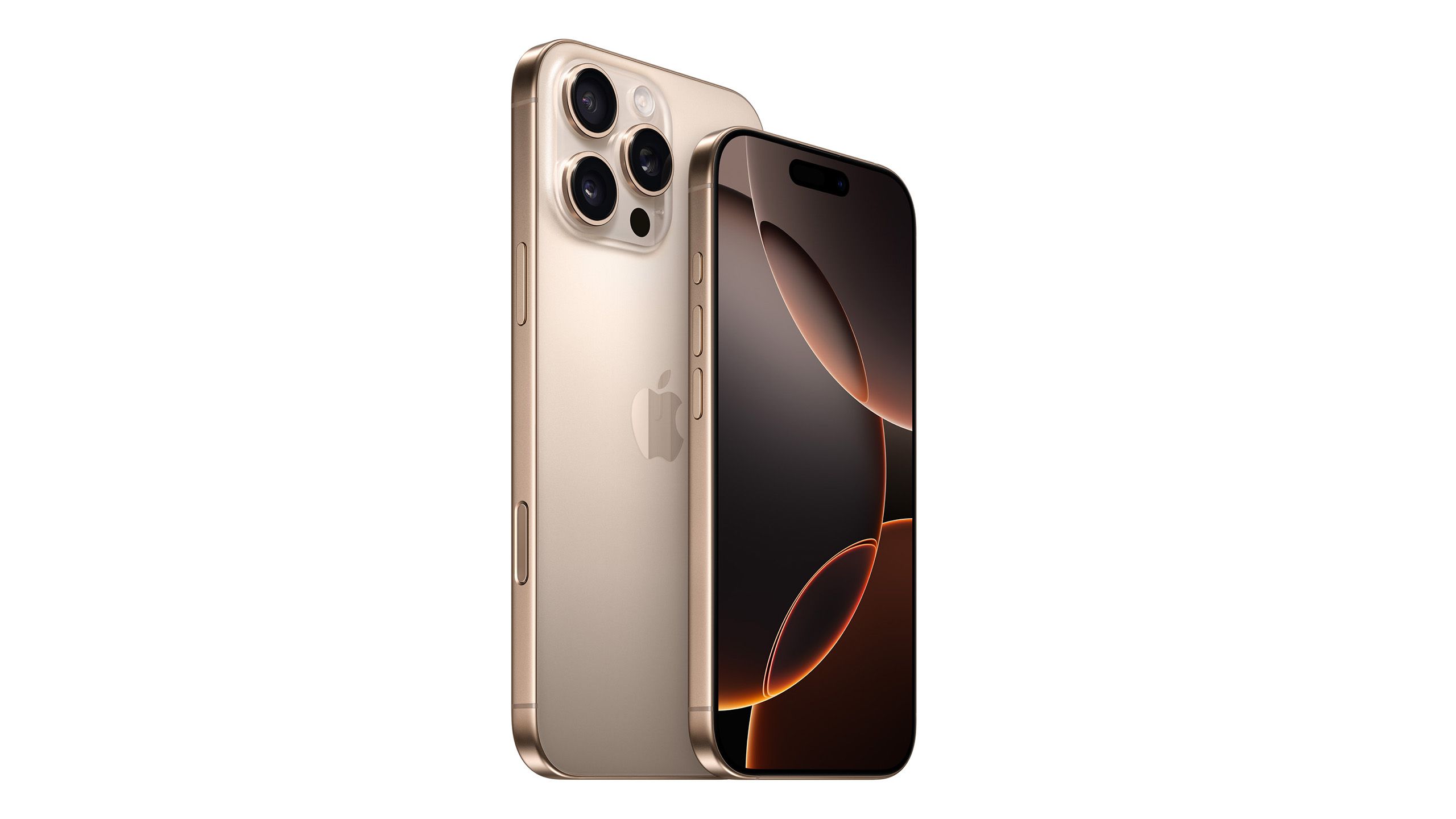
- Brand
-
Apple
- SoC
-
A18 Pro (3nm)
- Display
-
6.3-inch 1,206 x 2,622 pixel resolution 120Hz LTPO Super Retina XDR OLED, 120Hz, HDR10, Dolby Vision, 1000 nits (typical), 2000 nits (peak)
- Storage
-
128GB, 256GB, 512GB, 1TB
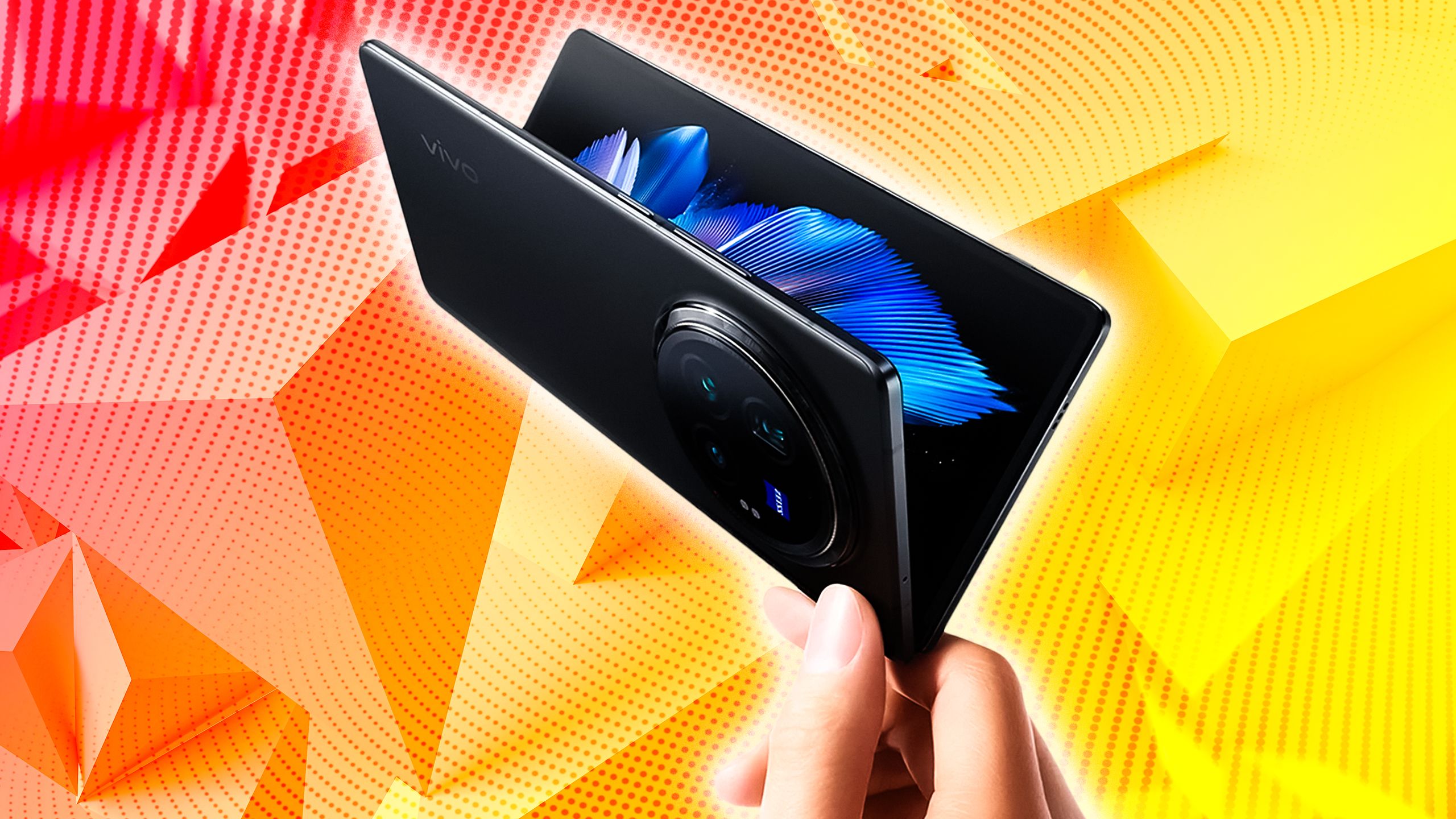
Related
Don’t believe the hype – this Android phone won’t support Apple products for long
Apple sometimes plays nice with Android, but only on its own terms.
What is Adaptive Power Mode?
Less Draconian throttling
Apple / Pocket-lint
If you’ve been following the tech industry for a while, you’re probably aware of a controversy that emerged several years ago, when it was discovered Apple updated iOS to intentionally throttle the performance of older iPhones — without telling anybody until after fact. Nominally, this was intended to address battery degradation, but the parties who successfully sued Apple didn’t see it that way. They saw it as planned obsolescence, a way of forcing customers to upgrade sooner. Battery life doesn’t matter much if your phone can’t keep up with the latest apps.
You can think of Adaptive Power Mode as a benign version of that concept. It’s off by default, and it’s really just meant to extend your day-to-day longevity so you’re less likely to be scrambling for a charger before bedtime. The feature detects when battery usage is higher than normal and makes “small performance adjustments” to keep battery drain under control.
It’s really just meant to extend your day-to-day longevity, so you’re less likely to be scrambling for a charger before bedtime.
What sort of adjustments are those? Apple is a little vague in the current iOS 26 betas, but the company does suggest examples like “slightly lowering the display brightness,” or “allowing some activities to take a little longer.” Presumably, the second example includes things like background email and photo sync — if you’re playing Resident Evil 4 on your iPhone, you’re probably not too concerned if those vacation photos aren’t uploading to iCloud right away.
Such tactics would also be consistent with what iOS does in Low Power Mode. The difference is that in Adaptive Power Mode, there’s no blanket reduction of brightness and activity, and Apple doesn’t seem to prompt you to turn it on, even when your iPhone is at 20% power or less. You may not notice it working at all in many circumstances. It seems to be an option intended for power users — no pun intended — or something that Apple Support staff can point to for people complaining about how long their iPhone lasts. More on that one in a minute.
You can, incidentally, have both Adaptive Power and Low Power active at the same time. The second remains a measure of last resort, something you should flip on temporarily when it feels like a charge is miles away. Adaptive Power can be left on indefinitely, hopefully with little consequence.
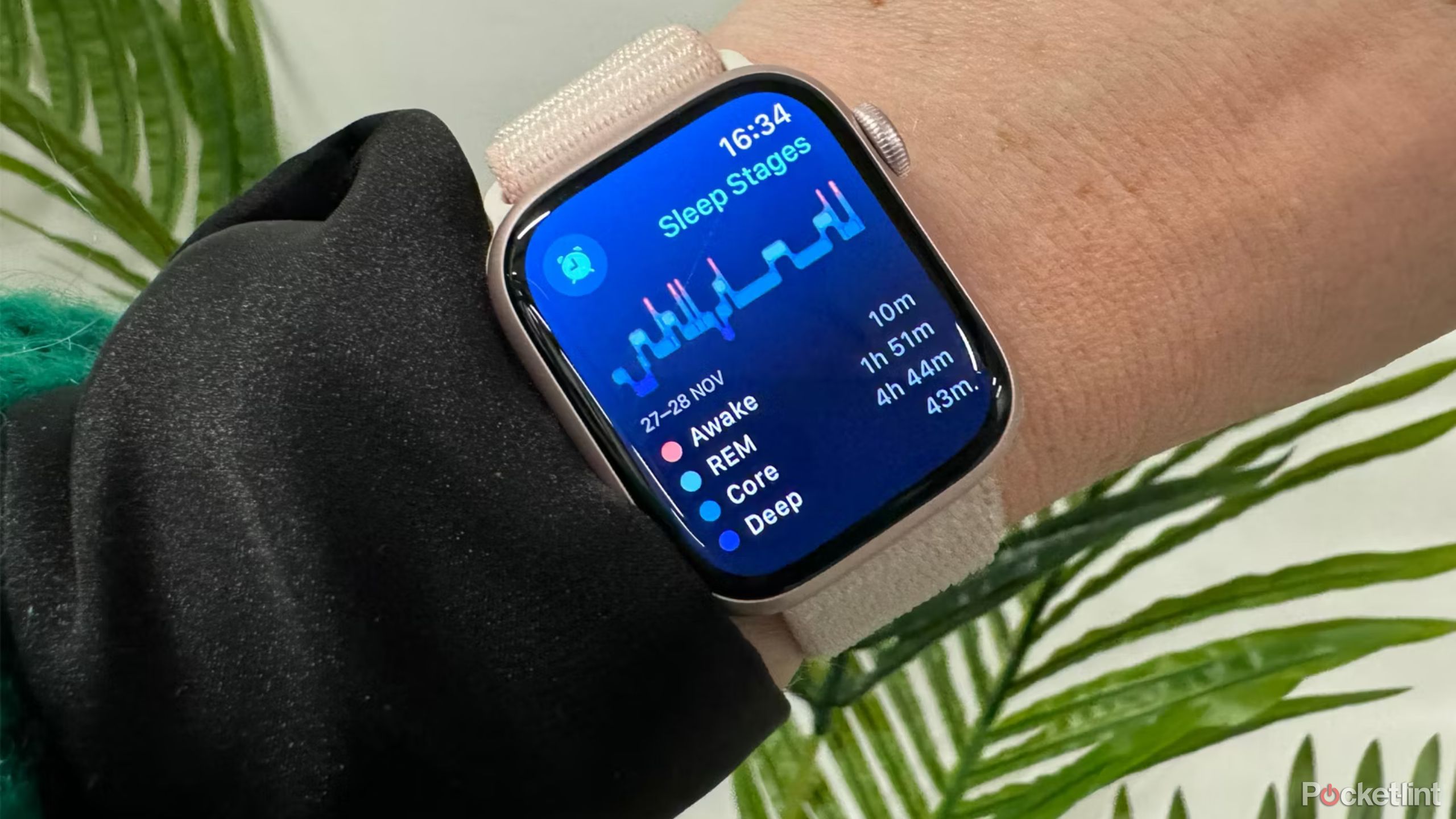
Related
I finally found a tech routine to help me get a good night’s sleep
There’s no digital cure-all for bad sleep, but tech can help instead of being a hindrance.
How to turn on Adaptive Power Mode
A few quick steps
If you’ve already got iOS 26, there’s not much to it — it’s just that Apple’s rearranged its Settings app a little. Note that ahead of fall 2025, you need to be an Apple developer, or (starting in July) enroll your iPhone in the Apple Beta Software Program. Either is potentially risky. By their nature, betas are more unstable than finished releases, and a critical glitch could render features or your entire device unusable. It is possible to downgrade back to iOS 18.x, but you’ll have to erase and restore your phone.
To turn on Adaptive Power Mode:
- After iOS 26 is installed, open the Settings app.
- Tap Battery.
- Scroll down towards the bottom of the screen and tap Power Mode.
- Flip the Adaptive Power toggle.
Remember, leave Low Power Mode off unless you need to stretch out your battery life as long as possible — i.e. you might not make it to a charger in time otherwise. It’s a much harsher measure, and you can always flip it on later via the battery icon in Control Center, or wait for iOS to prompt you when you’re running on fumes.
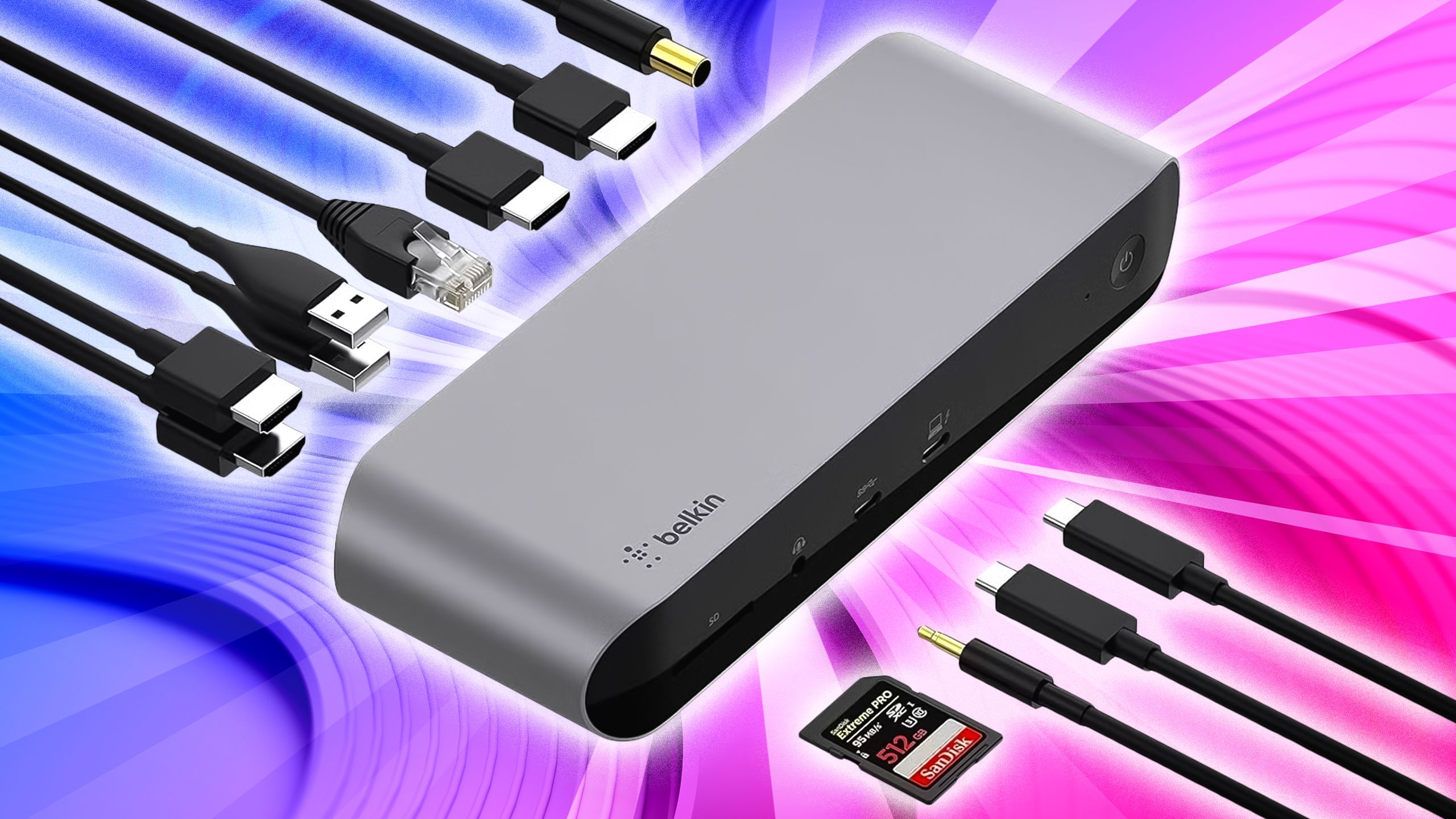
Related
3 tiny tweaks to simplify your desktop’s USB situation
There’s no need for a modern Mac or PC setup to be a nest of wires.
Does Adaptive Power Mode tell us anything about future iPhones?
Saving face, or genuinely nice?
Apple Hub / Pocket-lint
It’s hard not to speculate that the feature exists because of the iPhone 17 Air, also expected this fall. Recently, one report claimed that Apple’s own testing found that only 60 to 70% of owners will be able to get through a day on a single charge, which compares with 80 to 90% for other iPhone models. Adaptive Power Mode may be a way of masking the Air’s deficiencies, simply in a way that benefits most other iPhone users too.
Indeed, I’m looking forward to this option being standard on my iPhone 16 Pro. It’s usually capable of reaching the end of the day with power to spare, but I sometimes end up in the red, say if it’s a gym day, and I’ve also been watching Reuters and wheeling around using wireless CarPlay.
Adaptive Power Mode may be a way of masking the iPhone 17 Air’s deficiencies, simply in a way that benefits most other iPhone users too.
The weak battery life on the Air is said to be linked to its ultra-thin dimensions, as with Samsung’s Galaxy S25 Edge. Contrary to predictions, the Edge didn’t use a silicon-carbon battery to compensate for its size, and Apple seems poised to go the same route. I wouldn’t be surprised to see this fixed in the 2026 Air — but for the initial version, you may have to care more about size and weight than anything else. At least there should be more conventional iPhone 17 models to satisfy those of us who already push battery life to the limit.

You might also like
Everything you need to know about PEVs, or personal electric vehicles
You can use PEVs like e-bikes and scooters to explore, run errands, or speed up your commute.





